It’s one of Hawaii’s most infamous trails on Oahu. The name alone sparks curiosity. But after a deadly rockslide in 1999 and decades of legal limbo, Sacred Falls is no longer just another cautionary tale in Hawaii. It’s now an active enforcement zone. The state says it’s done warning people. If you cross the gate, you are now likely to be arrested.
According to DLNR, “Violations of the State Park administrative rule pertaining to entering a closed area is a petty misdemeanor. Potential penalties include a $1,000 fine or up to 30 days in jail.”
Virtually all major helicopter tours on Oahu include Sacred Falls as part of their itinerary. Since it’s off-limits on foot, a helicopter is one of the few legal ways to see it.
This is not a suggestion. It’s a hard closure.
Sacred Falls, also known as Kaliuwaa, was once one of Oahu’s most popular hikes. The narrow canyon, cold freshwater pool, and towering cliffs made it an iconic day trip for visitors and residents alike. But that ended on Mother’s Day in 1999, when a rockfall killed eight people and injured more than 30 others. Since then, the trail has been officially closed.
Still, the social media posts haven’t stopped. Neither have the drone videos, the gate-hopping, or the word-of-mouth guides who claim they know a back way in. Now, the state says it’s stepping up enforcement again—this time with real consequences.
What’s changed now in 2025.
The Department of Land and Natural Resources has issued a renewed warning: arrests are occurring and are expected to increase. Hawaii’s Division of Conservation and Resources Enforcement says patrols are active, cameras are in use, and anyone caught past the gate will face serious penalties.
In some recent cases, individuals who entered the closed park have been charged with criminal trespass and fined. The state has also warned that those promoting the hike on social media may face liability if others follow their lead and are injured.
This new crackdown comes after a surge in illegal entries this summer. One officer described it as “the most frequent closure violation in the state.” Another noted that many people seem to think the warning signs are just there to scare them off. This time, they’re not.
You’re not just risking a citation.
The official fine for entering a closed state park like Sacred Falls is up to $1,000 and 30 days in jail. But enforcement doesn’t always stop there. In past cases, hikers have also faced criminal trespass charges, restitution for rescues, and other penalties that can push the total much higher. Some have suggested that could drive costs to ten times the base fine.
Rescue teams say Sacred Falls presents unique risks. It’s a narrow box canyon, with steep walls and limited exit routes. When a rock comes down from hundreds of feet above, there is no place to go. First responders have described it as one of the most dangerous places to conduct an emergency extraction.
One hiker who entered the canyon years ago before the closure told us, “We were just cruising near the waterfall when a rock the size of a microwave landed six feet from us. That was it. We turned around and never went back.” Another said the canyon was so quiet it felt like being watched. “It’s beautiful, but you know you’re not supposed to be there.”
Sacred Falls isn’t just dangerous. It’s also deeply symbolic.
Sacred Falls isn’t just closed because of falling rocks. For generations, Native Hawaiians have considered the valley a storied and sacred place. Some say what happened in 1999 wasn’t random, but a response to people going where they weren’t meant to.
Plenty of hikers have described other eerie moments. Sudden wind shifts. A strange silence. That feeling you’re being watched. Whether or not you believe in any of that, the risks here are real, and the signs didn’t go up by accident.
Visitors are still trying to go. Here’s what happens if you do.
The park’s gate is locked. It is the legal boundary, and crossing it is considered serious trespassing. There are no authorized exceptions. Hiking the trail, entering the valley, or even standing at the waterfall is all part of the restricted zone.
Some hikers believe they can avoid enforcement by entering early or using side trails. State officials say that’s wishful thinking. Cameras, patrols, and reports from neighbors have made it more challenging than ever to enter unnoticed. Even if you make it in, you may find a citation on your windshield when you get back.
One Maui visitor who ignored the signs last year described the moment differently: “It was incredible, surreal—and stupid. When I got home and understood what had happened there, I felt ashamed that I treated it like a photo spot.”
Why this closure isn’t going away.
Sacred Falls is one of the only trails in Hawaii where the closure has been ongoing for more than two decades. Other areas have reopened or been modified. This one has not. That’s because state geologists continue to warn of rockfall danger. There is no reliable mitigation option. The walls of the canyon are unstable, and any increase in foot traffic exacerbates the risk.
The DLNR says the decision to keep Sacred Falls closed is not just a legal one. It’s about preventing another disaster. The agency has also faced lawsuits and settlement payouts tied to the 1999 tragedy. Officials are under pressure not to repeat what happened there a quarter century ago.
What visitors should take from this.
Hawaii offers numerous hiking opportunities. Many are beautiful, legal, and just as photogenic. Sacred Falls may be legendary, but that doesn’t make it safe—or open. If you’re looking for a “hidden Hawaii” adventure, be careful what you follow online. Not everything marked on a map or hyped on social media is fair game.
The state isn’t bluffing. Arrests are happening, and they’re not stopping. If you’re thinking about going past the gate, think about what it would feel like to be the next name added to the warning sign. That’s what everyone here is trying to avoid.
Get Breaking Hawaii Travel News
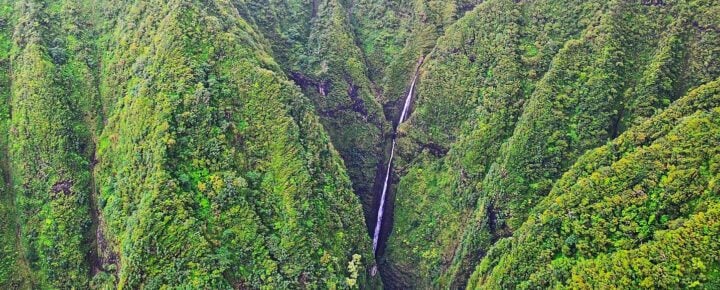
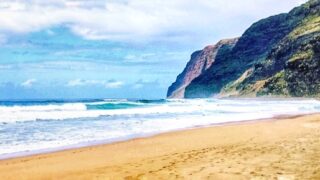
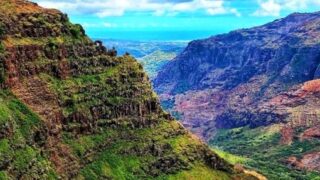
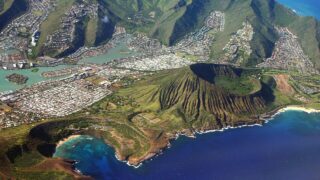
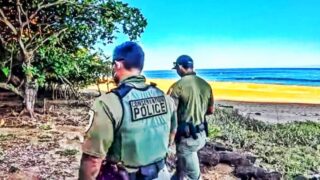
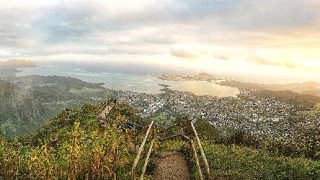
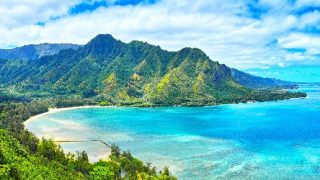
I was still in the USAF at Wheeler Field in Wahiawa in 1999. One of the men who worked for me there lost his foster daughter in that rockslide… Those people who ignore the closure and warnings are the same types tempting fate by climbing the Haiku Stairs despite the danger there. I think the state or county should toss the book at these people and make it very painful so others will avoid doing the same…
Just my 2c…
When we moved here in the early 80s, our local friends told us that we should wrap up a rock in a Ti leaf as a sacrifice to the gods. We obeyed and visited Sacred Falls many times without issue. One time there was heavy rain, but we left safely even after hearing that others were stranded there until the water receded. But when we heard from a reliable kahuna about the kapu, we were done. Haven’t been there since. Listen Folks, please honor the Hawaiian traditions and stay out of there. There’s plenty of other places to go okay?
Was that TI leave offering/sacrifice a one time gesture, or done every time in anticipation of each hike ? Just the Anglo namesake of ‘sacred’ seems too resistible for some tourists/selfies….
Good. It’s about time they did. 100% Support.